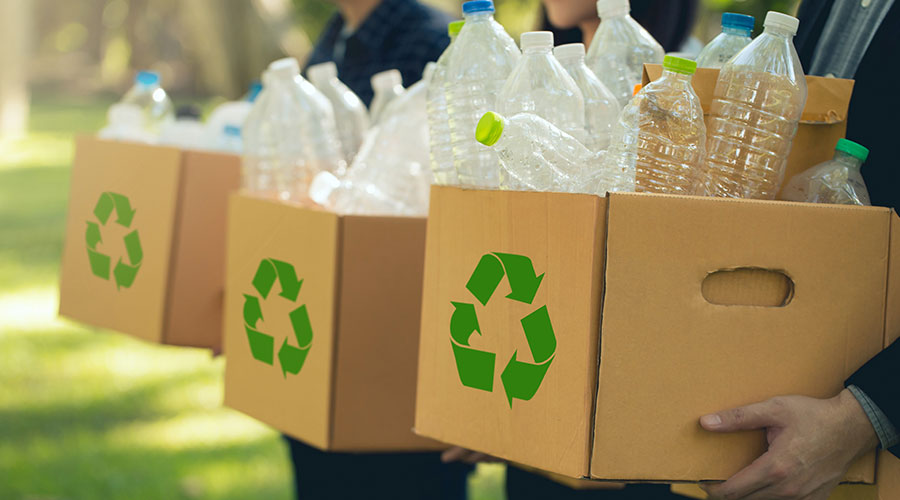Green Standards Guide Purchasing for Facility Managers
The government agencies, hospitals and schools that had been quizzing suppliers about sustainable products were happy to have a science-based, third-party standard to guide their purchases. In 2002, Massachusetts became the first state to include GS-37 in an RFP for janitorial products. Other states followed suit and now just over half of the states cite the GS-37 standard (along with other related Green Seal standards) for the janitorial cleaning products they purchase.
In 2005, New York became the first state to require the use of green cleaning products in K-12 schools, and the GS-37 standard became one of the key standards used in approving products. Today, 10 states and the District of Columbia have enacted legislation around green cleaning in K-12 schools, and products certified to GS-37 figure prominently.
A number of sustainability minded organizations, whose goal is to improve environmental quality in their market segment, reference the GS-37 standard in their criteria or purchasing guidelines. Among them are the U.S. Green Building Council, Practice Greenhealth, and the Association for the Advancement of Sustainability in Higher Education.
GS-37 showed there is power in numbers. Few of the organizations that wanted to buy green cleaning products had sufficient volume to make manufacturers pay serious attention. But as more and more of them adopted GS-37 as their procurement standard, they became a sizable force in the marketplace and got the attention of manufacturers.
Third-party standards that are science-based and robust, like GS-37, continue to aggregate purchasing demand. Having one set of requirements sends a clear message to manufacturers: If you make a product that meets these attributes you will then be acceptable to all of these purchasers in various market segments that want to buy greener products. Being one of many requesting the same thing has the power to show companies that making such a product is worth their while. Aggregating demand can transform the marketplace.
Standards like GS-37 continue to have benefits for manufacturers and the purchasers of products.
Thanks in large part to the standards set by third-party certification bodies, manufacturers know that the products they are making are what the marketplace demands in terms of sustainability.
Certification of products to standards like those developed by Green Seal makes it clear that a product is what it says it is. Not only does it work effectively, it meets a whole host of human health and environmental requirements spelled out in the standard. It is not just the company’s marketing department saying it; a third-party organization has independently evaluated it.
"We realize that the vast majority of companies are honest and make legitimate claims, but there are still those bad actors that will take liberties with marketing claims, especially in the area of environmentally preferable products,” said Balek. “We, as an industry association, support third-party standards because of the credibility they confer and the assurance they provide to the households and institutions that rely upon them in identifying and purchasing cleaning products with a preferred environmental, safety and health profile."
Standards also take the pressure off purchasers like building managers, who might be questioned from time to time concerning their requirements for sustainable products. When purchasers use GS-37 standards as their requirement, they can refer a supplier who has questions to Green Seal.
Another benefit for purchasers is that Green Seal and other third-party organizations reevaluate standards over time. As the industry moves forward, so do the standards.
Standards like Green Seal’s aim to be representative of the leadership products or services in the marketplace in a particular category. However, what was considered leadership in 2000 is certainly not going to be leadership in 2015.
One example of this is the requirement for concentrated cleaners. GS-37’s original criterion for general-purpose cleaners was a minimum 1:8—one part cleaner to eight parts water. Now, it is 1:32 and because the industry continues to advance, it will surely be bumped up again in the future.
As the 15-year journey of GS-37 has demonstrated, a credible third-party sustainability standard that’s widely adopted by purchasers and suppliers can help transform a product category in a meaningful way.
Mark T. Petruzzi is Senior Vice President of Outreach and Strategic Relations for Green Seal, which identifies products and services that are environmentally responsible and provides public education for creating a more sustainable world.
Related Topics:












